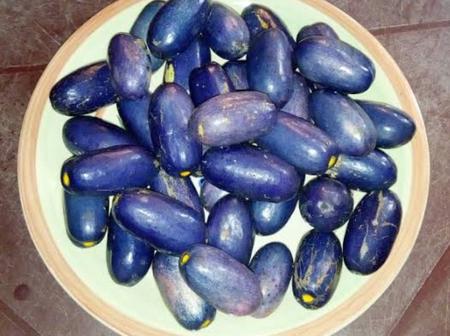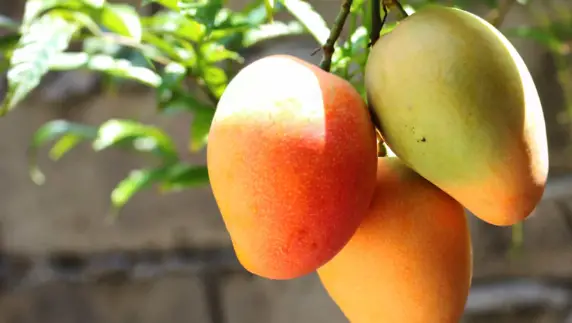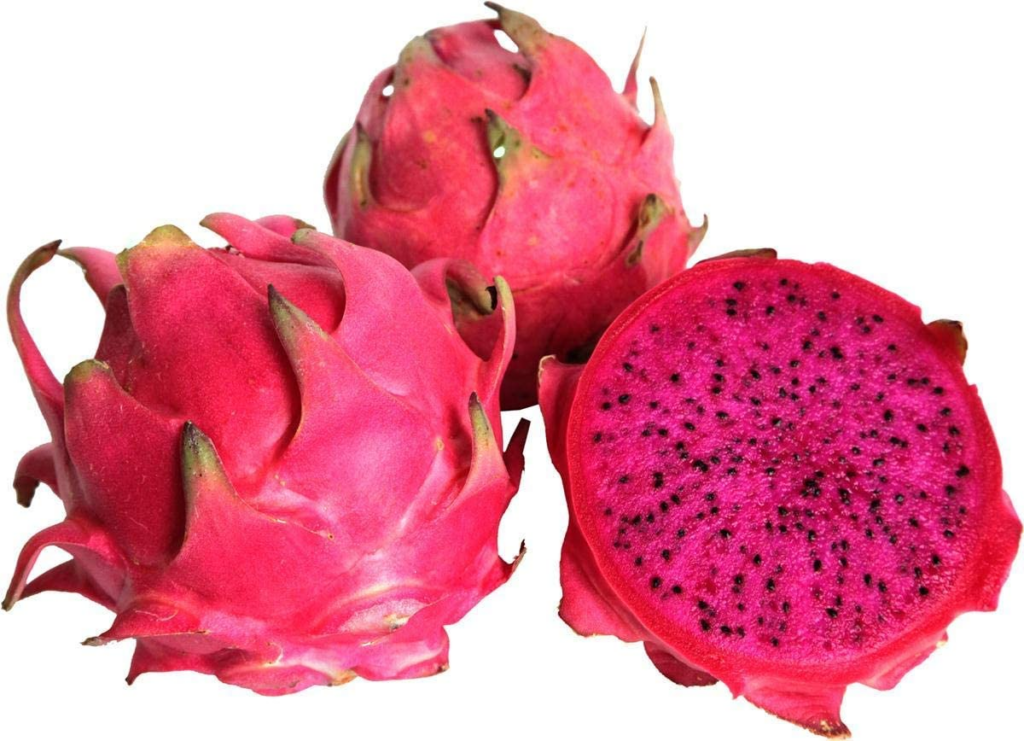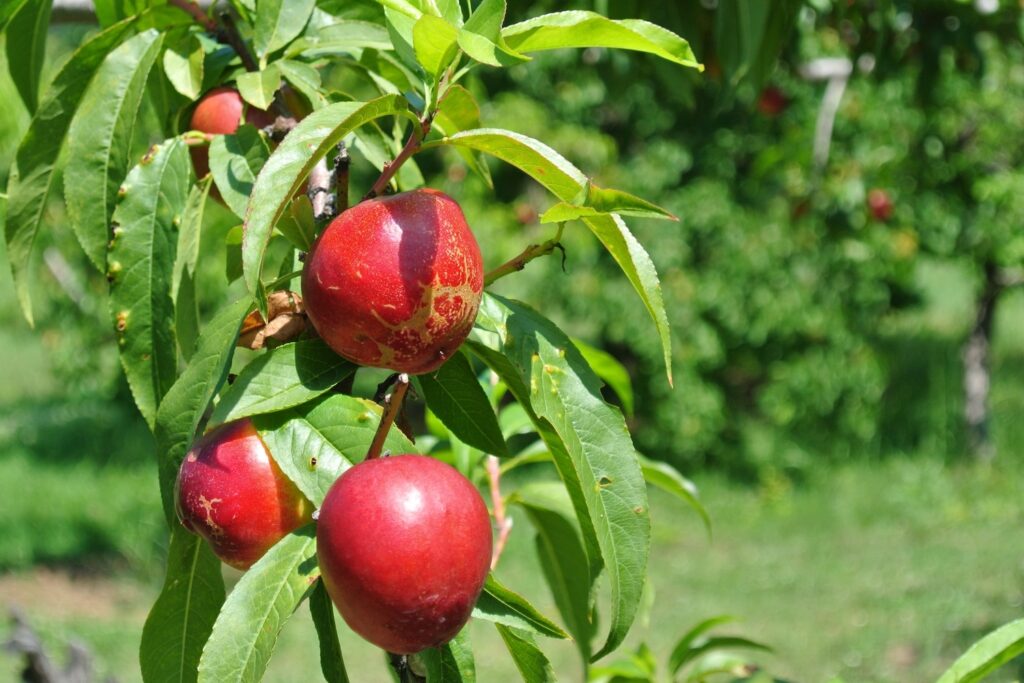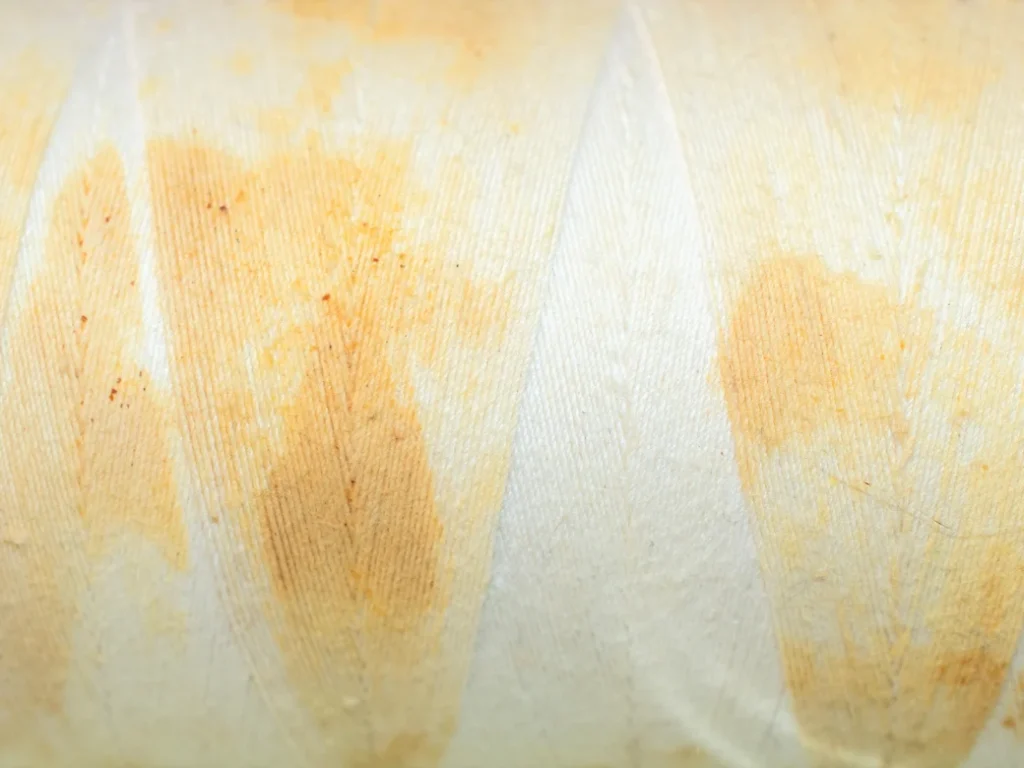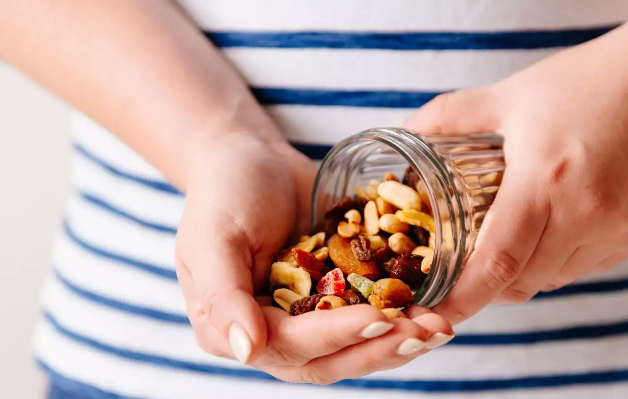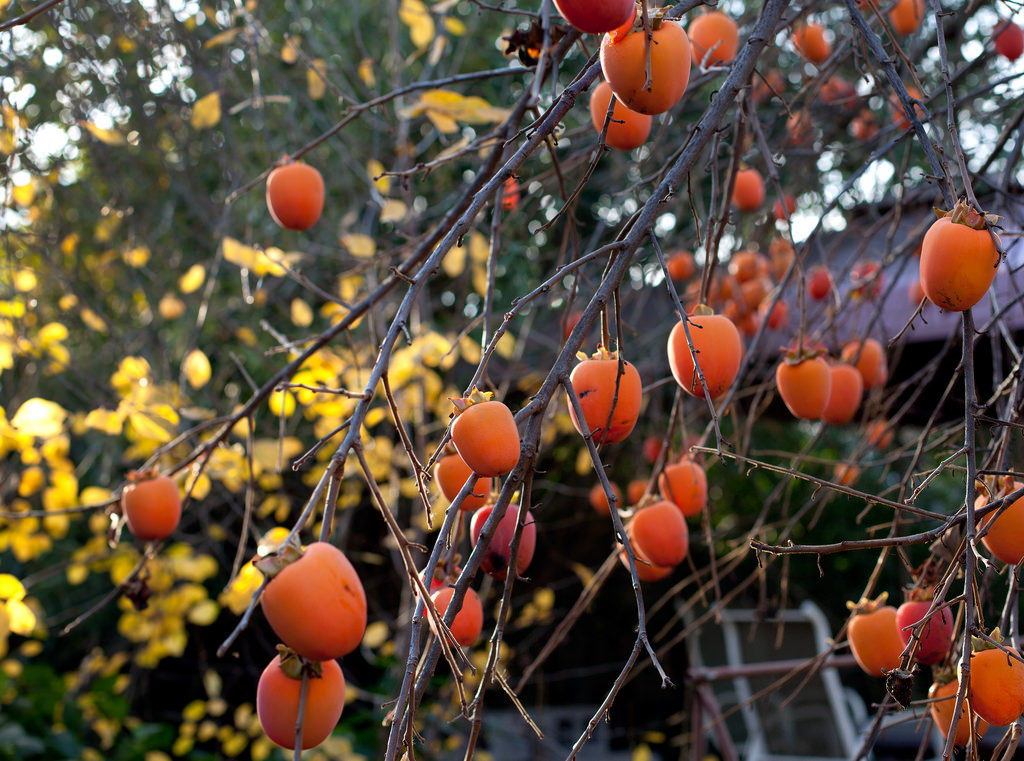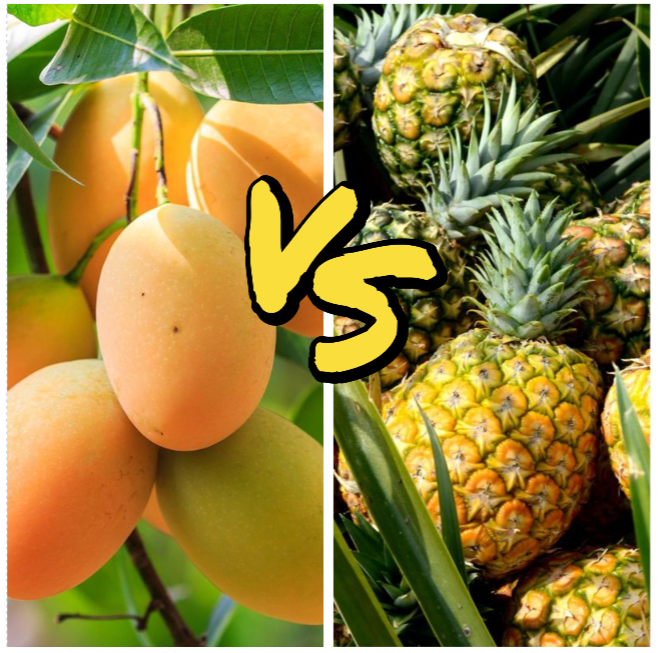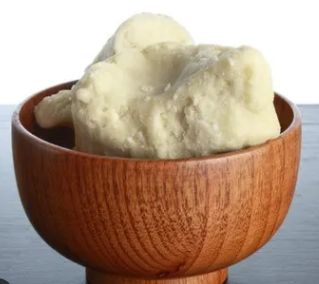Are you familiar with Jocote Fruit, also called Spondias Purpurea? It’s quite popular in many Central American regions, offering a range of health advantages that are good for both your physical and mental wellbeing.
Table of Contents
- Understanding the Jocote Fruit (Spondias Purpurea)
- When Can You Find Jocote Fruit?
- Why Are Jocote Fruits Good for You?
- Enjoying Jocote Fruit
- Step 1: Cleaning the Fruit
- Step 2: Cut and Pit
- Step 3: Prep It Your Way
- Step 4: Time to Eat
- How to Cultivate Jocote Trees
- Step 1 – Starting Your Tree
- Step 2 – Keeping Your Tree Hydrated
- Step 3 – Feeding Your Tree
- Step 4 – Trim your tree often to help it grow branches and make more fruit
- Step 5 – Watch out for bugs and sickness, and take care of problems right away
- Step 6 – Pick the fruit when it’s ripe and colorful
- Step 7 – Keep watching how your tree grows and is doing, and make changes if necessary
- Recipes Using Jocote Fruit
- Wrapping Up
Understanding the Jocote Fruit (Spondias Purpurea)
Spondias purpurea, also known as red mombin, jocote, or purple mombin, is a fruit tree from the tropics found in Mexico and Central America. It grows up to 30 feet giving off big, roundish fruits that have skin in shades of reddish-purple and flesh that’s either yellow or orange. This sweet, juicy fruit is typically eaten raw but can also be turned into jams and preserves.
The Spondias purpurea tree is really strong and can withstand dry spells. It can flourish in a variety of soil types, and because it’s good at handling heat, it doesn’t require much after it’s been planted. That’s why people living in hot climates like to grow this fruit.
When Can You Find Jocote Fruit?
Jocotes taste best and are commonly found everywhere during autumn and winter. You’ll see them sold at roadside stalls, in markets, and grocery stores. Outside of the season, they are still available frozen from some farms and suppliers.
Why Are Jocote Fruits Good for You?
Jocote fruits pack lots of nutrients in every bite and come with a bunch of health perks:
- Vitamin C: The fruit is loaded with Vitamin C, which is great for your immune system and keeping your skin looking good.
- Antioxidants: They’ve also got antioxidants that protect your body from damage caused by harmful molecules called free radicals.
- Dietary Fiber: There’s plenty of fiber in Jocote fruit, which is good for digestion and keeping you regular.
- Minerals: Essential minerals like potassium, manganese, and magnesium found in the fruit help keep your bones and muscles healthy.
- Low in Calories: Despite being full of nutrition, Jocote fruit doesn’t have a lot of calories, so it’s a smart choice if you’re watching your weight.
- Carbohydrates: Carbs give you energy, and there are good amounts in this fruit to fuel your day.
- Vitamins A, B, & E: The fruit also includes these vitamins to help with things like eyesight, skin health, and boosting your immune function.
Enjoying Jocote Fruit
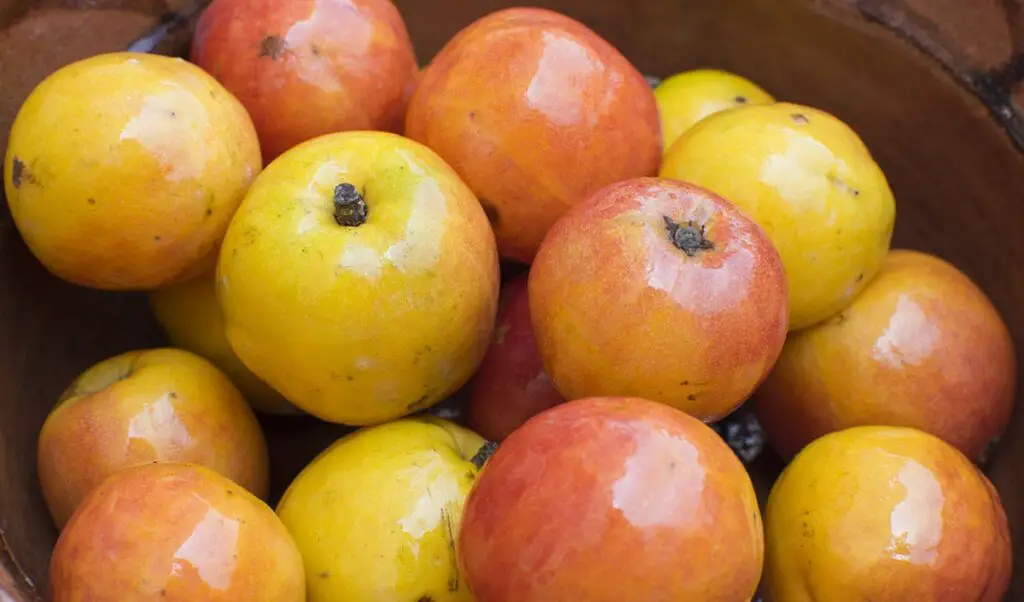
Step 1: Cleaning the Fruit
First things first, give your Jocote fruit a good wash under cold water to clean off any dirt or chemicals and to get rid of bacteria that could spoil the taste.
Step 2: Cut and Pit
Once clean, slice the Jocote in half to remove the big seed inside. This seed doesn’t taste good, so take it out and throw it away.
Step 3: Prep It Your Way
Now you can cut the fruit however you like. Whether it’s slices for snacking or small pieces to add to different recipes like salads or smoothies – choose whatever works for you.
Step 4: Time to Eat
With the Jocote all prepped, you can munch it on its own or mix it into dishes. Try tossing it into a salad, blending it into a smoothie, or stirring it into salsa for a burst of flavor and goodness.
How to Cultivate Jocote Trees
Step 1 – Starting Your Tree
Plant your Jocote seeds in an area that basks in lots of sunlight, and ensure the soil is the sort that doesn’t hold on to water too much.
Dig a small hole, place your seeds about 1-2 inches deep, and cover them lightly with soil.
Step 2 – Keeping Your Tree Hydrated
Water your Jocote tree enough to keep the soil moist but be careful not to flood it. Pay extra attention to watering when it’s the time for the tree to bear fruit, since it might need more water than usual.
It’s a fine line – you don’t want the soil to dry out, but you also don’t want it soaking wet.
Step 3 – Feeding Your Tree
Your Jocote tree will also need nutrients from a balanced fertilizer every couple of months. Make sure you stick to the recommended amounts so you don’t overdo it and harm the tree.
With the right care, your Jocote tree will grow strong and yield lots of delicious fruit for you to enjoy.
Step 4 – Trim your tree often to help it grow branches and make more fruit
Trimming your Jocote tree is very important for getting the tree to grow more branches and for more fruit to grow. It’s best to do this often. You should do it in early spring, before the tree starts to grow new branches and leaves.
Be sure to cut off any branches that are dead or sick. Also cut off branches that are in the way of each other or touching. This keeps your Jocote tree in good shape and helps it make lots of fruit.
Step 5 – Watch out for bugs and sickness, and take care of problems right away
Jocote Trees need to be looked at closely to make sure they are healthy. Look at your tree often to see if there are any signs of bugs or sickness, like leaves changing color or fruit that looks hurt.
If you find something that doesn’t look right, you should deal with it quickly. This will stop the problem from getting bigger.
If you keep a good eye on your Jocote tree and fix any troubles as soon as they show up, you can help your tree stay healthy and make a lot of fruit.
Step 6 – Pick the fruit when it’s ripe and colorful
Harvest the Jocote fruit when it has turned the right color and is ripe. This will make sure that the fruit tastes really good and is perfect for eating or for making food with. To pick the fruit, just take it gently off the tree.
Step 7 – Keep watching how your tree grows and is doing, and make changes if necessary
It’s important to always keep an eye on how your Jocote Fruit tree is doing. Watch for signs that the tree isn’t doing well, like leaves with the wrong color or not a lot of fruit. If you see any problems, deal with them right away. This helps the tree stay strong and make loads of fruit.
By paying attention to any trouble, you can make sure that your Jocote Fruit tree keeps on giving you lots of tasty and healthy fruit for a long time.
Recipes Using Jocote Fruit
You can use jocote fruit in many yummy and fresh ways:>
- Jocote and Lime Sorbet: Mix together 1 cup of jocote puree, 1/2 cup of sugar, and the juice of 1 lime. Put the mix in an ice cream maker or a shallow tray until it’s solid. Stir it once in a while. Enjoy this cold sweet treat on hot days.
- Jocote and Pineapple Salsa: Combine 1 cup of chopped jocote fruit, 1/2 cup of chopped pineapple, 1/4 cup of chopped red onion, a bit of chopped cilantro, lime juice, and a pinch of salt. This zesty salsa is great on fish, chicken, or pork.
- Jocote and Banana Smoothie: Put 1 cup of jocote puree, one ripe banana, 1/2 cup of milk, and 1/4 cup of honey in a blender. Mix them up for a smooth and yummy drink for breakfast or for a snack.
- Jocote and Coconut Popsicles: Blend 1 cup of jocote puree with 1/2 cup of coconut milk and 1/4 cup of sugar. Pour the mix into popsicle molds and freeze it until it’s hard. This makes a tasty treat on warm days.
- Jocote and Tamarind Sauce: Mix 1 cup of jocote puree with 1/4 cup of tamarind paste, 1/4 cup of sugar, and 1/4 cup of water. Cook it on low heat until it gets thick. Use it as a special sauce for dipping chicken or fish.
When you cook with jocotes, they bring a special taste that is sure to make your recipes exciting and tasty!
Wrapping Up
Jocote fruit (Spondias purpurea) is a lovely and healthy fruit from tropical places that you can enjoy in many ways. It’s not hard to grow and take care of, which makes it a great plant for your garden at home.
If you watch how your tree grows and take care of it when it needs help, you can be sure that your Jocote tree will stay healthy and make fruit for many years. You can use Jocote fruit to make a lot of different recipes, like smoothies, cold desserts, salsas, and sauces. These recipes can add a lot of flavor and good nutrition to any meal.
